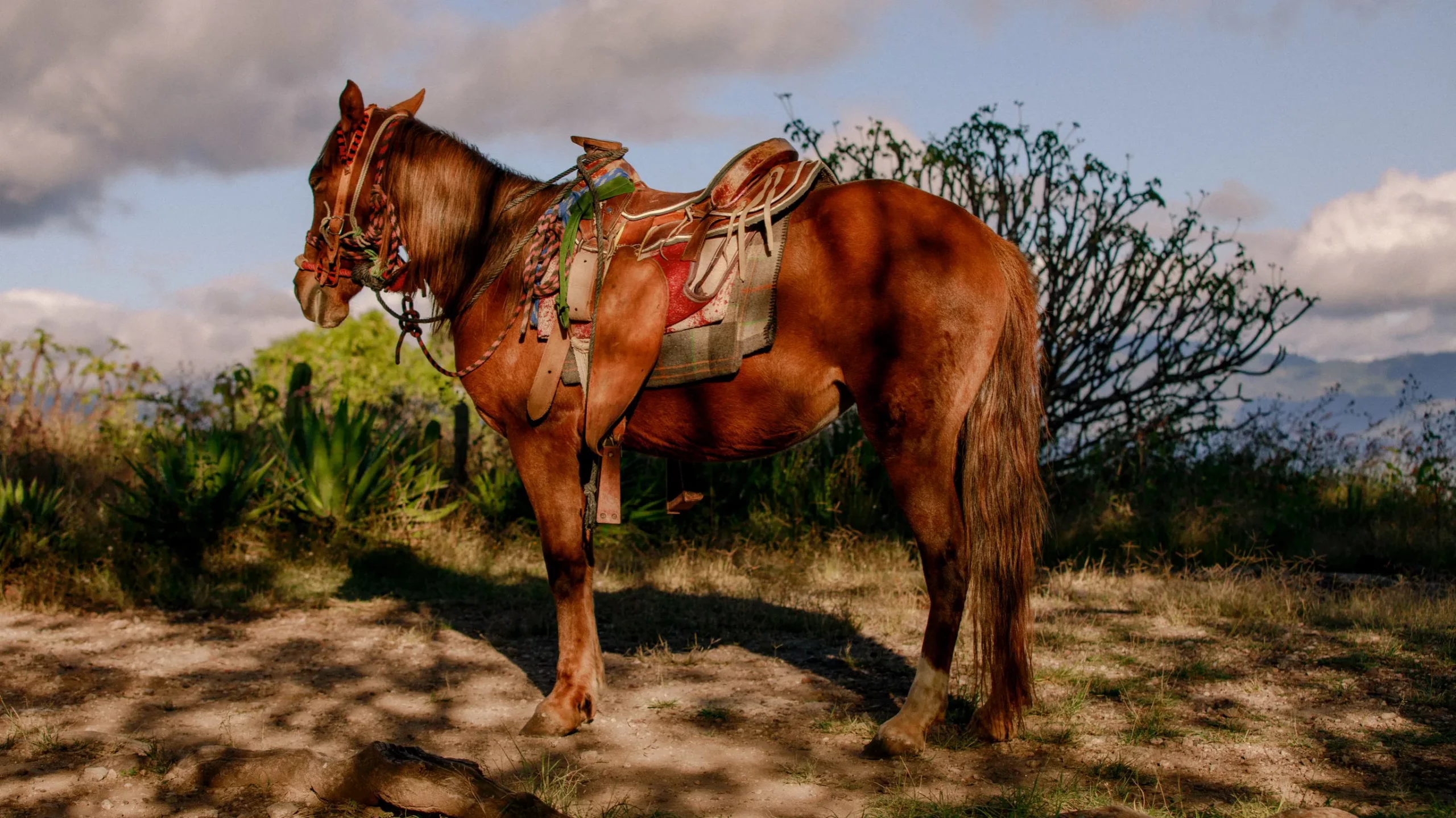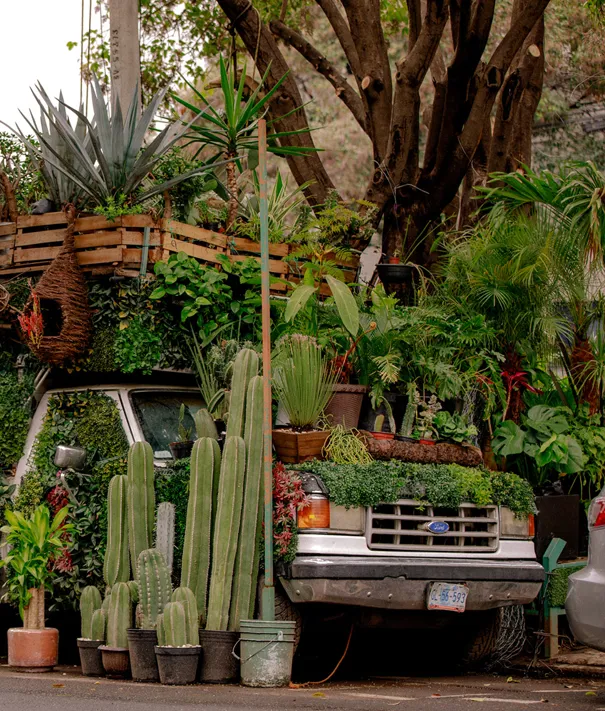
Destination Guides
At the time of the Conquest, the bright red of the Aztec textiles was everywhere in Tenochtitlan—what is now the historic center of Mexico City. Upon query, the Spanish learned the color came from the prickly pear cactus grown for the dye. They quickly shipped the plants back to Europe without realizing the locals had duped them. The plant was not the source at all, but the small white bugs called cochineal that grew on its stems.
The popularity of natural dyes went down drastically after the introduction of chemical dyes but there are rays of hope. Concern for the environment, local availability, and sustainability has brought cochineal farming back into production after a centuries-long hiatus. On the Oaxacan coast, the Mixtec people continue to create a vivid purple dye using purpura panza, a sea mollusk related to murex.
A culinary tale
Not to be left behind, Mexico’s gastronomy has also seen a regional renaissance. The country’s richly varied regional cuisine is driving the culinary experience to a whole new level. Restaurants such as Guzina Oaxaca in Mexico City by Alejandro Ruiz—which drew a rave review in The New York Times—is a celebration of Ruiz’s home state, a mountainous region known for its huge diversity of ingredients and deep culinary traditions. Taking a different approach to Oaxacan cuisine—one that focusses on the coast—is Nayarit-born chef Saul Carranza at Hotel Escondido. Highlights include Carranza’s green ceviche, a spicy, sour, tantalizing mix of fresh-caught fish, tomatillo, lime juice, and habanero chili. In San Miguel de Allende, a city known for its inventive cuisine, restaurant Moxi at the award-winning Hotel Matilda incorporates Mexican heritage with contemporary techniques.
Mexico stretches from the deserts of the northern border to the tropical forests of the south, with long Caribbean and Pacific coastlines in between, giving it immense biodiversity and a sprawling palette of ingredients. Its flavors are also shaped by its complex history, blending influences from its many indigenous groups, the Spanish conquistadors, European elites, slaves from Africa, immigrants from all over, and the ever-present United States. Go beyond the tacos and enchiladas to try lesser-known Mexican classics like cochinita pibil, the impossibly flavorful, slow-roasted pork dish from the Yucatán peninsula or escamoles, the ant larvae from central Mexico known as “insect caviar”. All you have to do is wander the streets and learn about its antojitos or street snacks.
